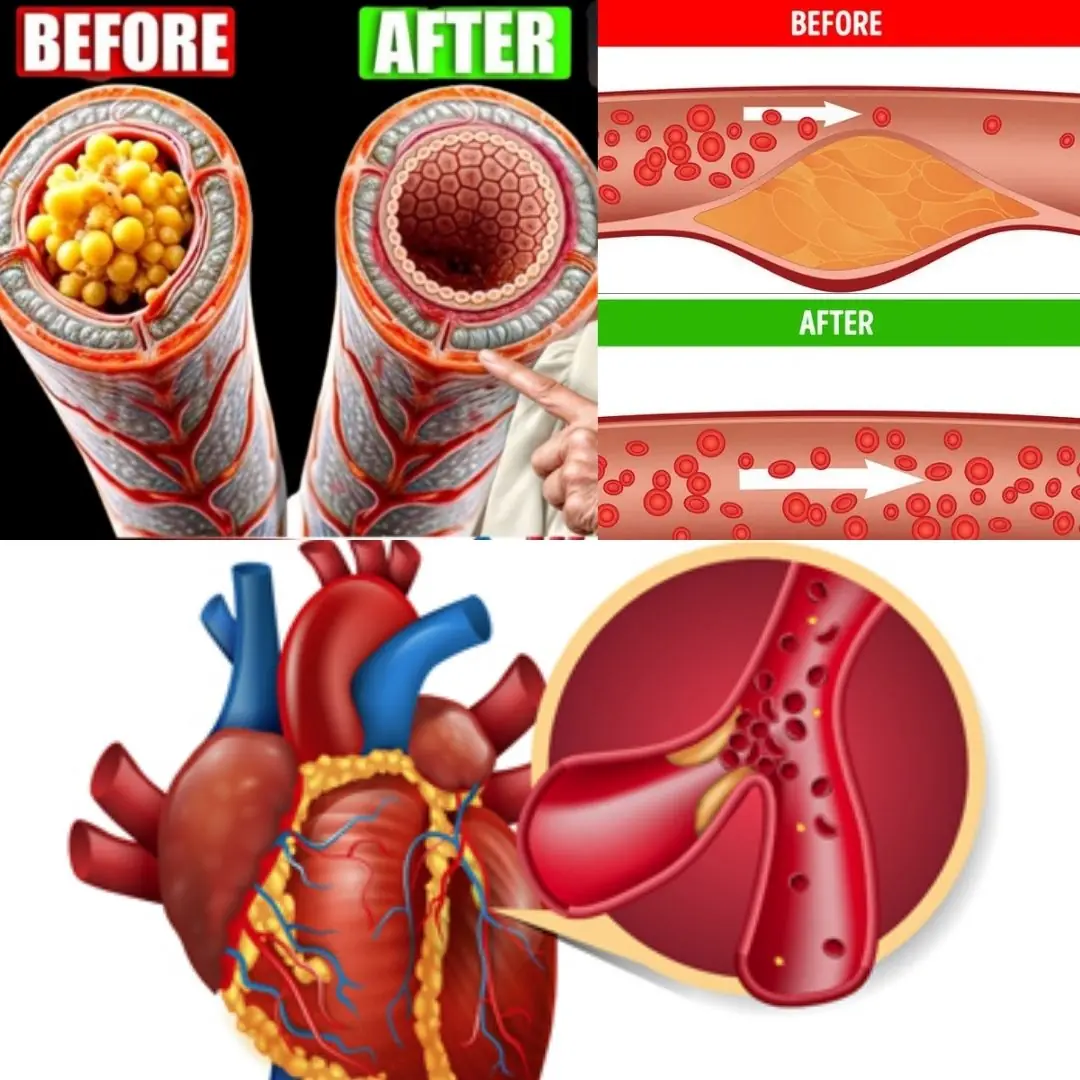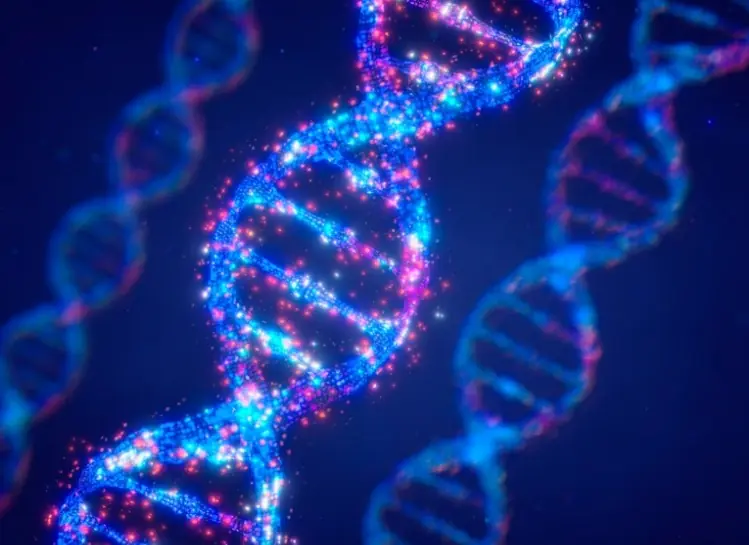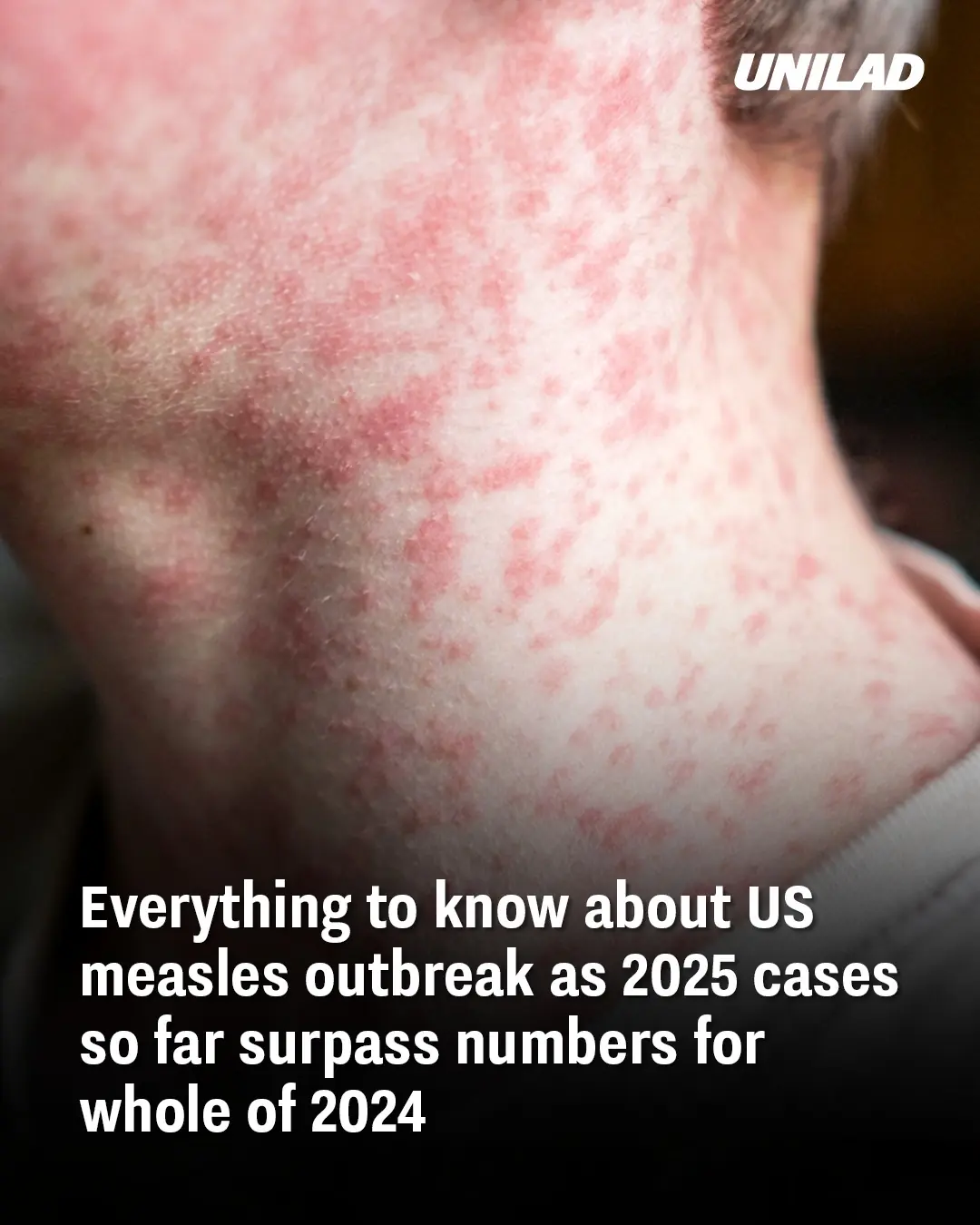We live in a world surrounded by plastic—it’s in our oceans, our food, and even our bodies. But what if I told you that this invisible enemy, once thought to be only an environmental concern, could be quietly affecting something much more personal and profound? A new study out of China has uncovered an alarming truth: microplastics, those tiny particles that infiltrate every corner of the earth, have made their way into human semen. And not just in a few isolated cases—every single sample tested was found to contain these microscopic pollutants.
It’s a stark reminder of just how deeply embedded plastic has become in our lives. From the water we drink to the air we breathe, microplastics are now part of the human experience in ways we never imagined. But what does this discovery really mean for us, especially when it comes to something as critical as male fertility? Could these tiny particles, often invisible to the naked eye, be contributing to the decline in semen quality that has been observed globally?

The Study: What Was Discovered?
In a groundbreaking study conducted in China, researchers analyzed semen samples from a diverse group of men and found microplastics in every single one. The study’s scope was vast, testing dozens of samples and providing a clear indication that the contamination of human biological systems by plastic particles is far more pervasive than we thought. The researchers specifically looked for the presence of microplastics, defined as plastic particles smaller than 5 millimeters, and found them in the semen of every participant.
This discovery raises significant concerns about the biological impact of microplastics. While they were once largely confined to the environment—polluting oceans, rivers, and wildlife—the latest findings suggest that they are now infiltrating human systems in ways that could potentially affect reproductive health. The study also noted that the presence of these microplastics was linked to decreased semen quality, which has become a major health issue across the globe. The immediate question arises: How did these particles end up in human semen, and what are their effects on male fertility?
The sheer consistency of these findings is troubling. If microplastics can enter the human body in such a manner, it’s worth considering how they might interact with other biological systems. This research, though still in its early stages, emphasizes the need for further investigation into the long-term implications of these particles on human health. What we know for now is that the presence of microplastics is not just an environmental issue—it’s a public health crisis that demands urgent attention.

Microplastics in the Environment: The Silent Invasion
Microplastics are everywhere. They come from plastic bottles, food packaging, synthetic fibers, and even from everyday household products like toothpaste and cleaning supplies. Over time, these materials break down into smaller particles that are easily carried by the wind and water. The result is an alarming spread of plastic debris, which has become so widespread that microplastics are now found in the most remote corners of the planet, including the deepest parts of the ocean. The scale of this contamination is not only staggering but also highly concerning when we consider the fact that these particles are now infiltrating our bodies.
The sources of microplastics are numerous. While larger plastic waste like bottles and bags has historically garnered attention, the invisible microplastics that come from the breakdown of everyday plastic materials are much more difficult to track and manage. These particles find their way into the food we eat, the water we drink, and even the air we breathe. Studies have shown that microplastics are present in common food items such as seafood, table salt, and even beer. This invisible pollution is now part of the fabric of modern life, infiltrating every aspect of our existence without us even realizing it.
As these particles accumulate in the environment, the risks to human health are growing. For years, scientists have warned that microplastics might pose serious risks to our immune systems, endocrine systems, and now, based on the findings of the recent study, our reproductive health. The way in which these particles affect human biology is not yet fully understood, but it’s clear that microplastics are a major environmental stressor that we can no longer ignore. As the problem continues to worsen, addressing the sources of microplastic pollution and finding ways to reduce exposure will become even more critical to preserving our long-term health.

Microplastics and Human Health: A Growing Concern
The health effects of microplastics are still being researched, but initial findings point to serious potential risks. These particles, often composed of various chemicals and toxic additives, are known to interact with human cells in potentially harmful ways. Microplastics can enter the human body through ingestion, inhalation, and even dermal absorption, which means they have multiple pathways to affect our health. Once inside, they may trigger inflammatory responses and oxidative stress, both of which have been linked to a variety of chronic diseases.
The most concerning impact of microplastics, especially in the context of this study, is their potential to interfere with reproductive health. Researchers have long suspected that environmental pollutants, particularly endocrine-disrupting chemicals, could be influencing male fertility. Microplastics have been shown to contain chemicals that mimic hormones, potentially disrupting normal biological processes. This could contribute to the rising rates of male infertility and the decline in sperm quality observed worldwide. The presence of microplastics in semen could be one of the key factors that explains this troubling trend.
Experts agree that the research into the health impacts of microplastics is still in its infancy. However, the evidence so far suggests that microplastics are not merely an environmental nuisance; they are a significant health concern that we cannot afford to overlook. As these particles continue to accumulate in the human body, their long-term effects may become even more apparent, potentially influencing not only male fertility but also other aspects of human health. It’s crucial that we continue to monitor this issue closely and take action to reduce exposure where possible.

Decreased Semen Quality
The recent study linking microplastics to decreased semen quality has raised many questions about the mechanisms behind this phenomenon. While the full biological pathways are still being explored, several theories provide insight into how microplastics could interfere with male fertility. One potential mechanism involves the endocrine-disrupting chemicals found in plastics. These chemicals, such as phthalates and bisphenol A (BPA), are known to mimic the action of hormones in the body, which can disrupt the delicate balance required for optimal reproductive function.
Another possibility is that microplastics may contribute to oxidative stress in the body. Oxidative stress occurs when there is an imbalance between free radicals and antioxidants in the body, leading to damage to cells and tissues. Sperm cells are particularly vulnerable to oxidative damage, and the presence of microplastics in the semen could exacerbate this effect. This would explain why semen quality appears to decrease in individuals exposed to higher levels of microplastics. The study’s findings are concerning, as they suggest that the very substances we use in everyday life could be playing a role in the decline of male fertility.
As researchers continue to probe the underlying mechanisms, it’s clear that the connection between microplastics and semen quality is not simply coincidental. The chemicals and particles found in plastics may have far-reaching effects on human health, and this study offers a wake-up call about the importance of understanding these connections. As more research is conducted, we may uncover even more links between microplastics and other health issues, but for now, the impact on male reproductive health is one that requires immediate attention.

The Spiritual and Holistic Perspective: Human Health in Balance
As we confront the environmental and health impacts of microplastics, it’s essential to take a step back and consider the broader, more holistic picture. From a spiritual perspective, the pollution of our environment and bodies with microplastics symbolizes a deeper imbalance within the natural world. Many spiritual traditions emphasize the interconnectedness of all living things, and this study is a powerful reminder that our health is inextricably linked to the health of the planet. The intrusion of these microscopic particles into our bodies speaks to the larger issue of how human consumption and waste are disrupting the natural flow of life.
This situation calls for a return to balance. As modern society continues to become more disconnected from nature, we must begin to recognize that the environment we create directly impacts our physical, mental, and spiritual well-being. The rise in microplastic contamination is not just a matter of scientific concern; it is a reflection of a deeper disharmony between humanity and the planet. Acknowledging this interconnectedness can guide us toward more mindful practices, both in how we treat the Earth and how we care for our bodies.
Holistic wellness practices encourage us to consider both the physical and energetic aspects of health. In this context, addressing microplastic pollution is not only about reducing exposure to harmful particles but also about restoring our relationship with the planet. By embracing a more sustainable and conscious way of living, we can mitigate the impact of microplastics and move toward a more harmonious existence, both on an individual level and as a collective. The spiritual and holistic approach to this issue reminds us that true well-being is about balance—between our bodies, the environment, and the world around us.

What Does This Mean for the Future?
The discovery of microplastics in every semen sample tested is just the beginning of a larger conversation about the future of human health in a plastic-saturated world. While the immediate effects on male fertility are concerning, the broader implications are far-reaching. Could microplastics be contributing to the global decline in reproductive health? If so, what does this mean for the next generation? The study has raised more questions than answers, but it has also opened the door to much-needed research into the long-term effects of microplastics on human biology.
Looking ahead, it’s clear that addressing microplastic pollution will require a multi-faceted approach. On an individual level, reducing exposure to plastic through conscious lifestyle choices—such as choosing organic, plastic-free products and supporting sustainable initiatives—can help mitigate some of the risks. On a larger scale, governments and industries must take responsibility for the production and disposal of plastic products. There is an urgent need for policies that regulate the use of plastics and promote the development of alternative, eco-friendly materials. Without systemic change, the impact of microplastics on human health will only continue to grow.
Ultimately, the discovery of microplastics in human semen is a stark reminder that our health and the health of the planet are inextricably linked. It’s a wake-up call to not only address plastic pollution but to re-evaluate our relationship with the environment. The future of human health depends on our ability to reduce plastic pollution, improve sustainability practices, and protect our ecosystems from further harm. Only by taking decisive action can we hope to reverse the damage and safeguard the well-being of future generations.
Addressing the Microplastic Crisis
As the evidence continues to grow, it’s becoming increasingly clear that microplastics are not just an environmental concern but a direct threat to human health. The recent study linking microplastics to reduced semen quality is a sobering reminder of the invisible pollutants affecting our bodies. While the full extent of the damage remains to be seen, we must act now to reduce our exposure to these harmful particles. The issue of microplastic contamination is not one that can be ignored—it’s a global crisis that requires immediate attention.
There is still much to learn about the long-term effects of microplastics on human health, but the research so far has been eye-opening. As individuals, we can make choices that reduce our reliance on plastic and support efforts to clean up our environment. But we must also demand systemic change to address the root causes of microplastic pollution. This is a call to action for everyone—governments, industries, and individuals alike—to work together in the fight against plastic pollution and protect the future of human health.
It’s time to acknowledge the reality of microplastic pollution and take responsibility for our role in it. Only by embracing sustainable practices and prioritizing the health of both our bodies and the planet can we hope to reverse the damage and move toward a healthier, more balanced future.





























